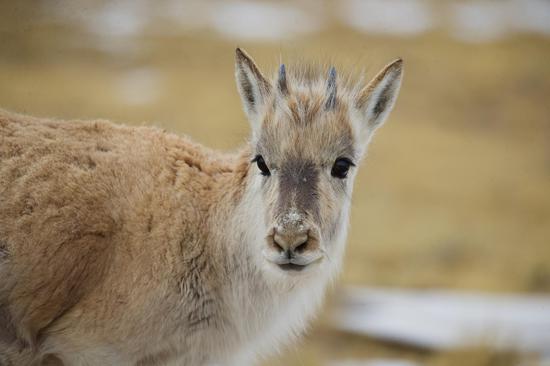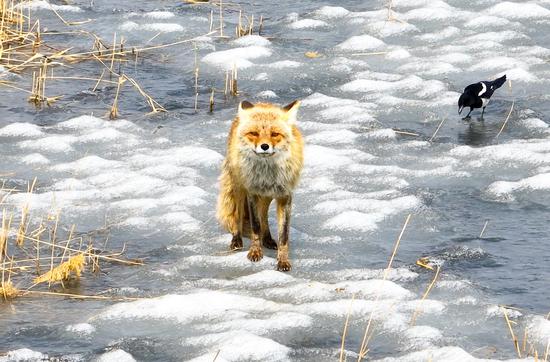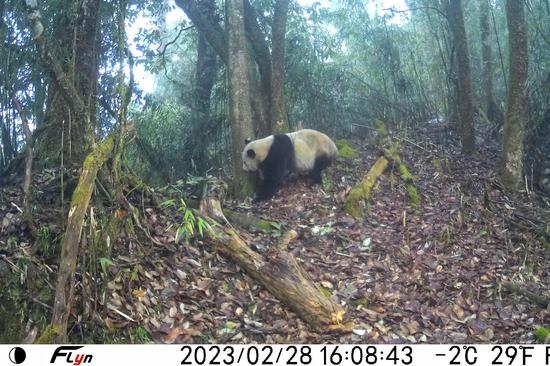A team of Chinese paleontologists along with their U.S. counterparts have discovered an extinct predatory family of giant pandas that were characterized by long limbs and excellent running abilities.
The herbivorous giant panda is the single existing bear in its own genus and species, but it belonged to a flourishing family millions of years ago.
The researchers from the Institute of Vertebrate Paleontology and Paleoanthropology under the Chinese Academy of Sciences and the American Museum of Natural History have identified a new genus of an extinct relative of the giant panda. This new genus, named Huracan, has been described based on a significant amount of fossil materials found in both North America and eastern Asia.
Huracan is believed to have emerged during the late Miocene period, spanning from approximately 11.6 to 5.3 million years ago, and the earliest fossils of this species were discovered in the Linxia Basin in China's Gansu Province, according to a study published recently in the journal American Museum Novitates.
The prehistoric carnivorous species spread to both Europe and North America. While it died out in Europe relatively quickly, it evolved into two new species in North America, according to the study.
The limb bones of Huracan indicate that it had good running abilities, but its forelimbs were not as strong or flexible as those of other bear species. This demonstrates that it likely preyed on animals such as sheep or camels, as opposed to more muscular animals like rhinoceros or elephants.
The new genus possesses characters shared with both Agriotherium and Indarctos, which are two ancient giant bears whose evolutionary relationship was previously unclear.
The new study showed that the common ancestor of Huracan and Agriotherium evolved from early Indarctos or another Indarctos-like bear, likely in eastern Asia.
However, the dentitions of Huracan and Agriotherium are more specialized for carnivory than most Indarctos species, indicating a radiation of diverse ecological carnivores earlier in the history of the later-diverging, highly specialized herbivores in the giant panda lineage, according to the study.
The Huracan and its nearest cousin Agriotherium species replaced their ancestors at a time featuring significant global cooling and grassland expansion since they were more cursorial and therefore more well-adapted to open habitats, the researchers said.


















































 京公网安备 11010202009201号
京公网安备 11010202009201号